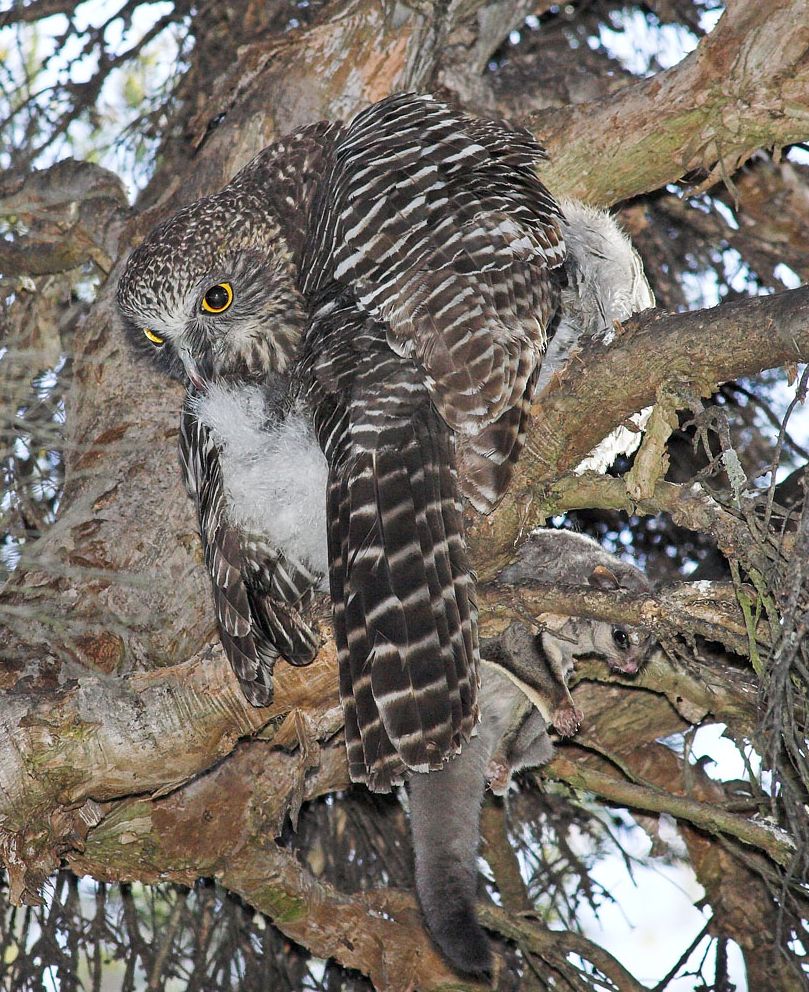

Due to the ubiquity of human disturbance, artificial habitat structures have been deployed across a spectrum of environments, including forests, deserts, oceans, and rivers (WebTable 1). One commonly proposed approach for supporting animal populations in disturbed environments is to supplement or replace lost or degraded natural habitat structures, such as tree hollows and rock pools, with artificial habitat structures. For many animal populations, active intervention in modified habitats – both within and outside of protected areas – is necessary for their persistence (eg Greet et al. Advances in computational modeling and engineering are opening up new opportunities for increasingly sophisticated and effective artificial habitat structuresĮarth’s terrestrial, freshwater, and marine ecosystems have been substantially modified by human activities, including agriculture, mining, pollution, dredging, and urbanization (Scanes 2018).Knowledge of natural habitat selection and careful design and experimentation are key to successful implementation.They are purposefully designed as human-made substitutes for natural habitat structures, and are usually deployed in degraded, disturbed, or modified environments.Artificial habitat structures are used for animal conservation in terrestrial, freshwater, and marine environments to improve survival, growth, reproduction, and abundance.Looking forward, cross-disciplinary collaborations will facilitate the development of sophisticated and effective structures to assist animal conservation in this era of rapid global change. We highlight possible ecological risks associated with the use of artificial habitat structures and urge that they not be exploited as inappropriate biodiversity offsets or for greenwashing.
NINOX STRENUA HABITAT DRIVERS
The design of these structures must be well informed by the drivers of natural habitat selection, and their use should be part of an experimental framework to enable evaluation and refinement. We show that such structures represent a versatile conservation tool that has been trialed in a variety of contexts globally, albeit with varying degrees of success. Here, we provide – to the best of our knowledge – the first general definition of artificial habitat structures and synthesize important considerations for their effective use. One potential approach for mitigating these threats is to create artificial habitat structures as substitutes for lost or degraded natural structures. Habitat loss and degradation, and their interaction with other threats, are driving declines in animal populations worldwide.


 0 kommentar(er)
0 kommentar(er)
